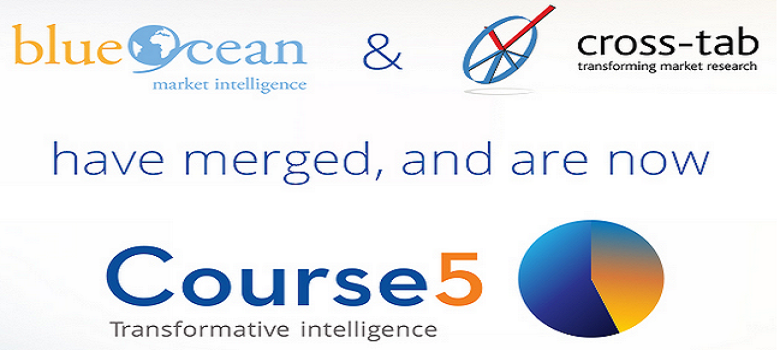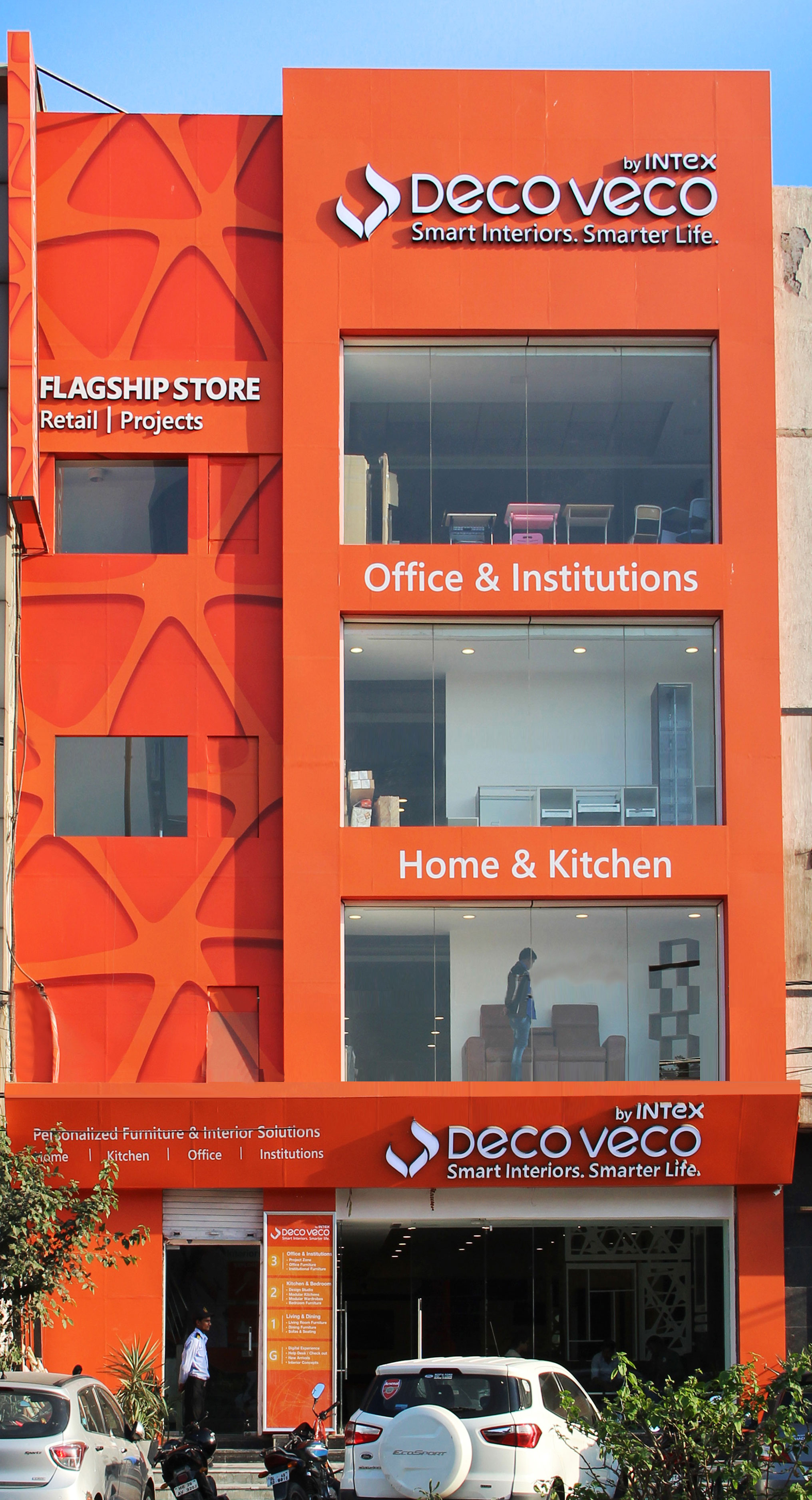Subscription box services are a huge trend in e-commerce. Whether the contents are carefully selected by the customer [Blue Apron, Dollar Shave Club] or come in the form of a mystery box [Ipsy, Bark Box], people love this business model.

Buyers love the personalized surprise every month, while sellers love the predictable income due to recurring fees. It’s also satisfying to source specialty items and cater to a specific niche of discerning customers.
Why It’s a Blockbuster Idea to Start a Subscription Service
The subscription e-commerce market has jumped 100 percent annually for the past five years. According to a recent Forbes article, e-commerce subscribers are in the sweet 25 to 44-year-old demographic and bring home $50,000 to $100,000 a year. Although many current subscribers live in urban environments of the northeastern U.S., the market is growing exponentially. In fact, about 15 percent of online shoppers have one or more subscriptions to get products via monthly box services.
Women make up 60 percent of subscribers, but men are the ones most likely to have at least three active subscriptions to avoid trips to the store. Let’s look at the types of box services currently available in the market.
Three Types of Subscription Box Services
The different box types appeal to the core reasons people love getting them. Some subscribers want a monthly surprise, while others want to pick out each item for an uber-customized package.
- Build-A-Box – Customers choose each item from a list. Food and meal plan businesses often work off this model to provide variety and flexibility to clients.
- Mystery Box – Subscribers don’t know what they’ll get each month. The box includes regularly available merchandise as well as limited edition products. It provides a rewarding customer experience that increases profits and moves inventory quickly.
- Membership Model – This subscription resembles a Costco membership for a monthly fee. It grants access and purchase ability at the store. Membership models build customer loyalty and up-sell capabilities.
How to Build a Subscription Box Business in Eight Steps
Let’s look at each stage of building a subscription box business.
- Start with a great idea – Think of products and services that would appeal to a specific market. Common themes are makeup, fitness, or food. When figuring out your niche, get as specific as you can. For example, the categories above can be segmented further into glamour makeup, martial arts equipment, and workout snacks.
- Research potential customers – The more honed-in each box is, the easier it is to sell to a specific group of customers. This lets you optimize retention and customer experience.
- Develop a prototype box – Try out prototypes in sample markets to get feedback on each component. The idea is to develop a product your target customer will be delighted to receive every month.
- Pre-launch by building a community that can get the word out – Use online content, contests, and other strategies to generate buzz and collect email addresses.
- Pre-sales phase – This is where you convert test markets and leads to your first paying subscribers.
- Show me the money – Presales revenue lets you build and ship the first month’s boxes.
- Build – Grow your target demographic to achieve predictable monthly revenue. Use smart tools to manage your inventory and figure out the right quantities to buy. There are free economic order quantity [EOQ] calculators online that can help.
- Encourage word of mouth, shares and referrals. If your product is great, people will come back, but it’s equally important to get new customers in the early stages.
Two Manufacturing and Supplier Tips
The production of items for your boxes is a major consideration. Will you outsource this or handle it in-house?
- Negotiate – One of the most difficult things to negotiate is what percentage of the subscriber fee the supplier gets. Consider a per unit, per click, or per minute model that’s appropriate for your industry.
- Do it yourself – In the subscription business model, the more you can do yourself, the better. In-house sourcing is streamlined and gives an entrepreneur more control over quality and productivity. It comes down to cost and efficiency, but if you have the wherewithal to do so, this is the preferred sourcing.
Two Important Lessons from Successful Subscription Businesses
- Price it right – Establishing a price point involves how much you offer and how often, which lets you predict costs. it takes some research to stay competitive and set a realistic margin expectation based on the local market.
- Focus on both growth and retention – Customer retention is vital once you establish a steady subscriber base. Business owners must watch competitors and gather feedback from current subscribers. Product development and services should embrace new technology to enhances both the brand image and bottom line. Take Netflix for example. The subscription-based business constantly adapts to ensure growth.
Conclusion
Ultimately, you need to convince your customers that your products or services are worth paying a monthly charge. The way to do this involves maintaining the speed, quality and customer service your subscribers deserve. Then, it’s a no-brainer, and you’re on your way to becoming a sought-after brand with no problem turning a one-time interaction into a continuing relationship.
About the Author
Laura Gayle is a full-time blogger at BussinessWomanGuide. She regularly writes on business, entrepreneurship, & e-commerce. You can contact Laura here.










